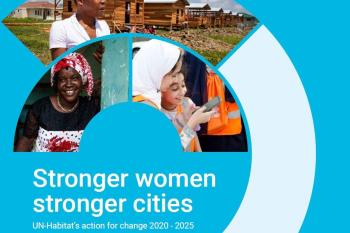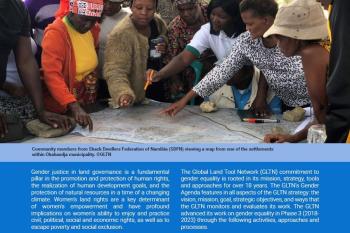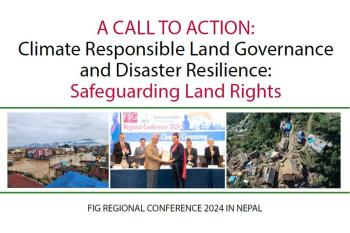
Read More
Stronger women stronger cities: UN-Habitat’s action for change 2020 – 2025
This publication presents a summary of UN-Habitat’s gender equality impact over the past five years, in line with the Beijing reporting cycle.

More than 50 percent of the global population resides in urban areas where land policy and infrastructure interactions facilitate economic opportunities, affect the quality of life, and influence patterns of urban development. While infrastructure is as old as cities, technological changes and public policies on taxation and regulation produce new issues worthy of analysis, ranging from megaprojects and greenhouse gas emissions to involuntary resettlement. This volume, based on the 2012 seventh annual Land Policy Conference at the Lincoln Institute, brings together economists, social scientists, urban planners, and engineers to discuss how infrastructure issues impact low-, middle-, and high-income countries.

This publication presents a summary of UN-Habitat’s gender equality impact over the past five years, in line with the Beijing reporting cycle.

GLTN’s institutional commitment to gender equality and secure land rights for women and girls has been at the core of its work since inception in 2006.

This FIG Nepal CALL TO ACTION on Climate Responsible Land Governance and Disaster Resilience underscores the imperative for land professionals to act in a climate responsive way.